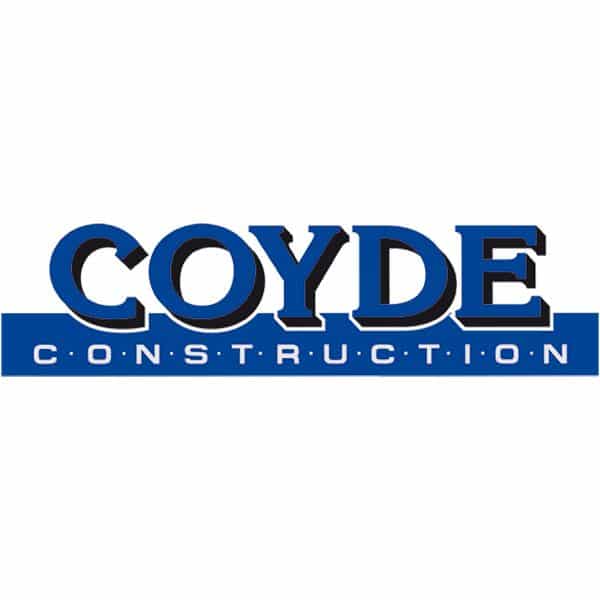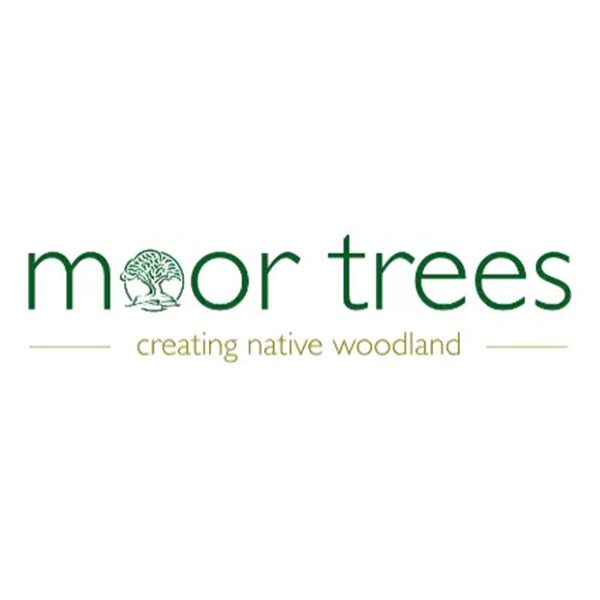A Comprehensive Stump Removal Guide By Kneebone Trees
An unsightly tree stump can be such a blemish on your landscape, but it is not necessarily the easiest thing to repair when working on your own.
At Kneebone Trees, we deliver a wide range of professional arboricultural services to clients in and around Devon, helping you to maintain the stunning natural beauty of this region. We have experienced a wide range of requirements over the years, with stump removal being a consistent issue for our clients.
In this comprehensive stump removal guide, we are relying on our expert knowledge and passion for quality workmanship to teach you everything you need to know about the process, how it works and what can be done to improve your landscapes.
Why Remove a Tree Stump?
Removing a tree stump is more than just an aesthetic choice – it’s a matter of safety and garden health. Many issues come with tree stumps, which are often left behind after trees have been felled or removed due to damage, disease or aesthetic choices.
For this stump removal guide, we need to explore the various reasons why clients may want to consider getting the leftover stumps removed from their landscapes:
Safety Hazards
Tree stumps pose significant safety risks in your landscape and this is a primary reason why people opt for stump removal. Stumps are a serious tripping hazard, making your landscape inaccessible and dangerous for people of all ages – but especially young children who may play in the garden or run around the landscape.
Stumps are not only dangerous for people, but they can also pose significant risks to your gardening tools as they can damage lawnmowers or other garden equipment.
Pest Control
Tree stumps can also be dangerous for your landscape, as they can attract unwanted pests, such as termites, ants, and beetles which may eventually spread to healthy plants and structures around your home.
The effective and prompt removal of stumps is essential to prevent the spread of diseases and pests across your landscape and the surrounding environment.
Aesthetic Appeal
Perhaps the main reason why you are using a stump removal guide is because you do not like the look of stumps in your landscape. This is a popular reason for many of our clients requiring stump removal, as tree stumps can cause the garden to look unsightly and disorganised.
In contrast, a stump-free garden looks clean and inviting. Without tree stumps in the landscape, you have more space for garden design options as well as outdoor activities, making stump removal a highly useful service for all kinds of landowners.
Methods of Stump Removal
For this stump removal guide, we need to address the various methods that are available for this service. There are several ways to remove a tree stump, each with its own set of advantages and considerations which can influence your decision.
While some of these stump removal solutions can be done independently, it is not recommended. Instead, it is ideal to work with professional tree surgeons, like those at Kneebone Trees, as we have access to the necessary tools and skills to ensure a safe, seamless operation.
Based on the kind of tree stump we are dealing with and the landscape requirements, the following methods may be implemented for stump removal:
Manual Removal
Tools Required:
Shovel, axe, saw, and mattock.
Manual removal is a labour-intensive process but can be effective for a range of tree stump issues and is best done for small to medium-sized stumps.
Manual stump removal involves digging around the stump to expose its roots, which are then cut with an axe or saw. Once the stump has been dug out, it needs to be manually dislodged from the ground to remove it from the site.
This requires a lot of strength and patience, as the stump needs to be loosened with a mattock.
Chemical Removal
Tools Required:
Drill, stump remover chemicals, and water.
The chemical stump removal guide requires a specialist stump remover product, which is applied to the stump to encourage decomposition. This process is also not completely straightforward, as the solution cannot simply be poured over the stump but instead needs to reach inside the stump for effective removal.
To aid this, holes need to be drilled into the stump where the stump remover product can be poured into.
Despite the chemicals aiding the decomposition of the tree stump, this process still requires patience as it can take several weeks for the solution to work. The chemicals need time to break down the wood, making the removal easier to manage.
This is an effective stump removal strategy for larger stumps that are challenging to move manually but it is not ideal for an emergency or swift removal.
Burning
Tools Required:
Drill, firestarter, kerosene, and matches
Burning can be another effective way to remove stumps from specific landscapes, but this is not always the best option for homeowners or other spaces within residential areas due to the fire hazards associated with it.
For open landscapes and those without any structures nearby, burning the tree stump can be an effective removal strategy. This process also begins by drilling holes into the stump, like chemical removal. However, instead of adding the removal solution into the holes, kerosene is poured into the holes and should also be soaking the surrounding ground.
From this, the stump is ignited. When using fire to remove stumps, the burn must be closely monitored and is never left unattended as this can pose serious safety risks.
Stump Grinding
Tools Required:
Stump grinder
Lastly, for this portion of the stump removal guide, is one of the most effective methods out there. Stump grinding is done using a specialist tool, a stump grinder, to chip away at the stump.
The stump grinder is used to reduce the stump to wood chips and this process continues until the stump is below ground level. Stump grinders are professional tools which tree surgeons, like those on our team, have access to and are certified to use.
Due to how effective this method is, it is suitable for all sizes of tree stumps and can be done in almost all landscapes.
How To Choose The Right Stump Removal Method?
Now that you have a better understanding of the methods used for stump removal in this stump removal guide, it is time to narrow things down a bit more. If you require stump removal, then there is certainly going to be one method that is better than the rest for your requirements.
Choosing the appropriate stump removal method is essential to ensuring the safety of your site and everyone on it both during and after the process. Several factors will be considered before determining which is the best method for stump removal, and these include:
Size of the Stump
As we have mentioned in this stump removal guide, the size of the stump you are dealing with can impact what kind of method is best:
- Small Stumps: Manual removal or chemical methods.
- Medium Stumps: Manual removal, chemical methods, or stump grinding.
- Large Stumps: Stump grinding or chemical methods.
Location
Where the stump is located is just as important as its size when it comes to choosing the most appropriate method for its removal:
- Near Structures: Avoid burning due to fire risks; stump grinding or chemical methods are recommended.
- Open Areas: All methods are viable, but safety and environmental concerns should be considered.
Time and Effort
How much time and effort you want to spend on this task are also valuable considerations to make when choosing the best method for stump removal.
Based on the kind of tools, time or strength needed for some of the methods mentioned in this guide, they may not be appropriate for your needs.
- Quick Results: Stump grinding.
- Low Physical Effort: Chemical removal.
- Cost-Effective: Manual removal, although labour-intensive.
How to Prepare for Stump Removal
Stump removal can be a complex process, and professionals are likely required to perform this task for you. They will choose the most appropriate method for stump removal based on your requirements, and have the skills and tools available to perform this to the highest standards.
When hiring professional tree surgeons for stump removal, they handle everything for you. However, there are some things you can do in preparation that will make the process smoother and quicker to complete:
1. Clear the Area
To prepare the landscape for stump removal, you should remove any obstacles that may be around the stump. This can help provide easy access to the removal equipment and make the process safer for everyone.
2. Inform Neighbours
If the stump is near a property line, it is courteous to inform your neighbours about the scheduled removal and allow them to be aware that work is being done on your land that may interrupt their routine.
This is especially vital if using loud stump grinders or invasive processes, such as burning.
3. Identify Utilities
As well as clearing the land around the stump ahead of its removal, you also need to ensure there are no underground utilities near it. Utilities such as gas and water pipes or electric wiring may be present in this area of your landscape and need to be identified so they can be avoided.
By highlighting where any pipes and wires are, you can prevent accidents and damage during the removal process.
Conclusion
Removing a tree stump is an essential step in maintaining a safe, healthy, and aesthetically pleasing garden.
Understanding the different methods for stump removal and their implications will help you make an informed decision that is best for your landscape and requirements.
In this stump removal guide, we have explored the various methods for stump removal as well as how you can participate in managing a safer landscape. Check out our stump removal pricing guide to see how much it could cost to remove a tree stump from your property.
Contact Us Today
Ready to reclaim your garden space? Contact Kneebone Trees today for expert stump removal services and other tree care solutions in Devon and the surrounding areas.
We’re passionate about helping you create the landscape of your dreams.
























